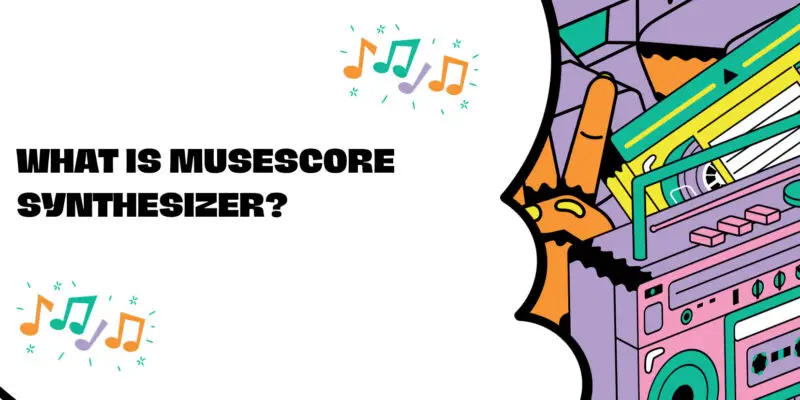In the realm of music notation software, MuseScore stands out as a popular and versatile tool for musicians, composers, and educators. One of its standout features is the MuseScore synthesizer, a powerful virtual instrument that allows users to play back and listen to their compositions with realistic and customizable instrument sounds. In this article, we’ll delve into the MuseScore synthesizer, exploring its capabilities, advantages, and how it enhances the music creation process.
What is MuseScore?
MuseScore is an open-source music notation software designed for creating, editing, and sharing sheet music. It provides a user-friendly interface that caters to both beginners and experienced composers. MuseScore is available for Windows, macOS, and Linux, making it accessible to a wide range of users.
The MuseScore Synthesizer: A Digital Orchestra
The MuseScore synthesizer is an integral component of the software, enabling users to hear their compositions come to life with realistic instrument sounds. It serves as a digital orchestra, allowing composers to preview their music before live performances or studio recordings. Here’s what you need to know about the MuseScore synthesizer:
- Sound Library: MuseScore includes an extensive sound library that covers a wide range of orchestral, band, and electronic instrument sounds. Users can select from a variety of instruments, including strings, woodwinds, brass, percussion, and synthesizers.
- SoundFonts: MuseScore uses SoundFont technology to render instrument sounds. SoundFonts are collections of audio samples and instructions that dictate how the software plays back each instrument. MuseScore comes with its own built-in SoundFont, but users can also import custom SoundFonts to expand their sound palette.
- Realistic Playback: The MuseScore synthesizer strives to provide realistic playback of musical notation. It accounts for dynamics, articulations, and other expressive elements to ensure that compositions sound as intended.
- Customization: Users have the flexibility to customize instrument sounds to suit their preferences. They can adjust volume levels, reverb, and other parameters to achieve the desired sonic results.
- Multiple Staves: MuseScore can handle complex compositions with multiple staves, allowing users to orchestrate for various instruments simultaneously. Each staff can be assigned a specific instrument sound from the synthesizer’s library.
- Instant Feedback: One of the significant advantages of the MuseScore synthesizer is the ability to receive instant feedback while composing. As you enter notes and dynamics into the notation, you can play back your music to ensure accuracy and expressiveness.
- Export Options: Once a composition is complete, MuseScore offers various export options, including audio files (MP3, WAV), MIDI files, and sheet music in standard notation formats (PDF, MusicXML).
Conclusion
The MuseScore synthesizer is a valuable tool that enhances the music composition and notation process. It empowers musicians and composers to hear their creations with lifelike instrument sounds, allowing for better interpretation and refinement of their compositions. Whether you’re an aspiring composer, an educator, or a seasoned musician, MuseScore and its synthesizer capabilities provide a versatile and accessible platform to bring your musical ideas to life.


